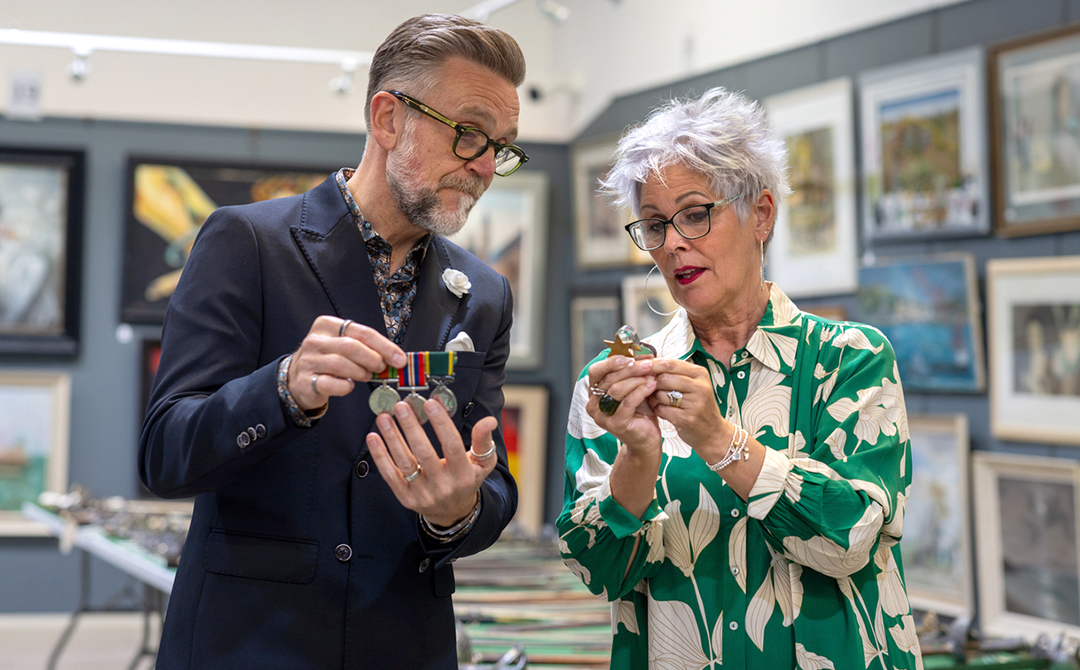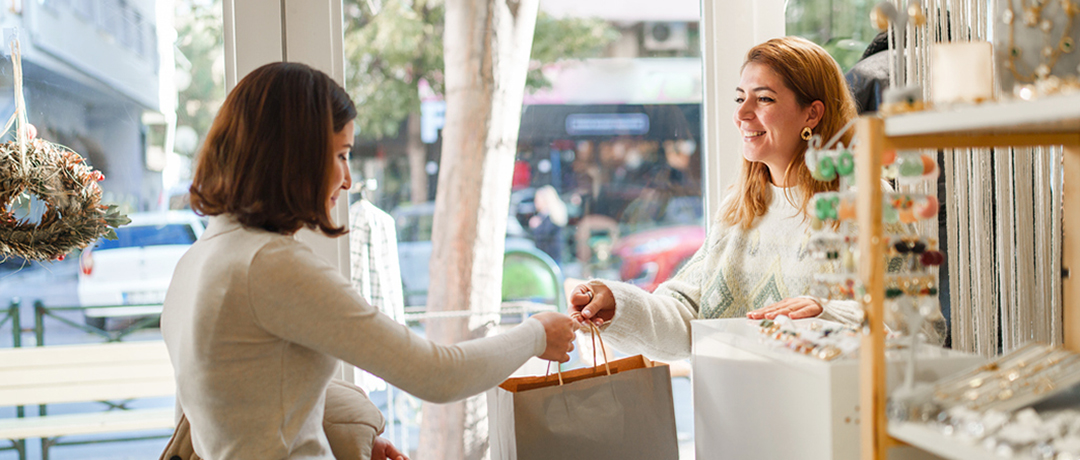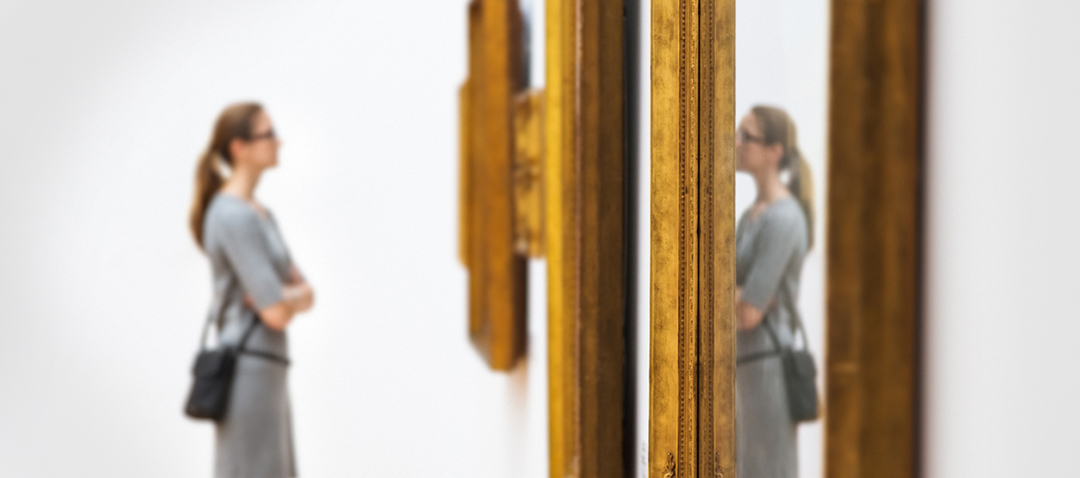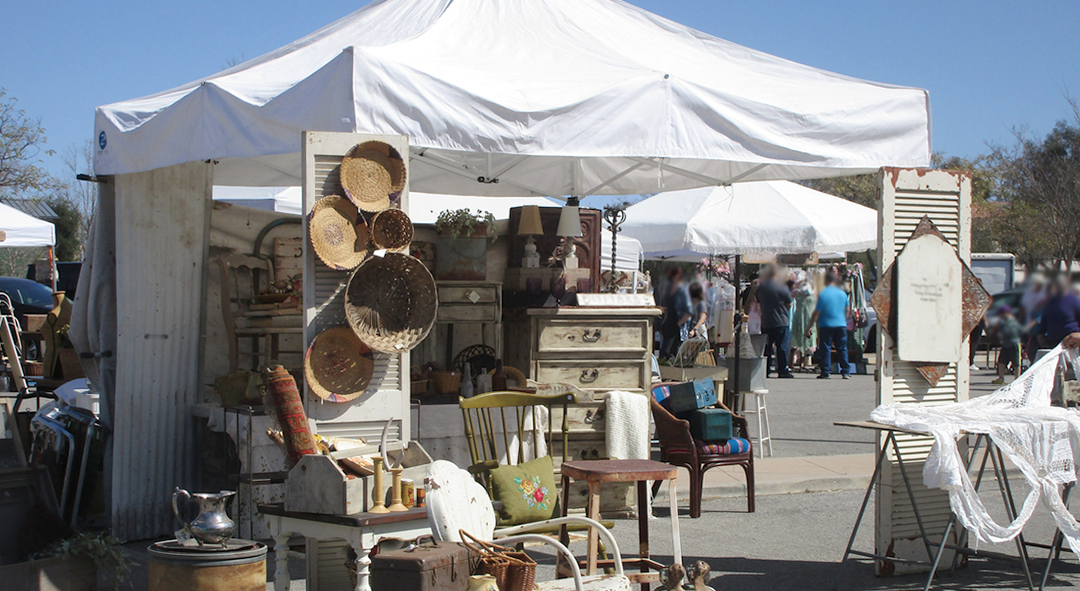Step into any antiques fair today and you’ll witness a fundamental shift: twenty-somethings photographing Victorian jewelry for their Instagram stories, seasoned collectors bidding via smartphone apps, and dealers discussing blockchain provenance alongside centuries-old craftsmanship. The antiques trade is in the midst of a powerful transformation, flourishing in ways that would have been unthinkable only ten years ago.
With robust growth projections and an influx of younger buyers who genuinely understand quality, 2025 and 2026 offer compelling opportunities for dealers, collectors, and interior designers embracing this evolution.
A Compelling Story of Sustained Growth
The story unfolds in the statistics, and they’re consistently encouraging. Industry executives like Ronati CEO Stacey Tiveron note that “despite a projected 15% annual growth rate in the industry, technology innovation has lagged,” a gap that’s rapidly closing as dealers discover the power of digital transformation.
This growth isn’t happening in isolation. The broader collectibles market, which encompasses antiques, reached $300-450 billion in 2023. Meanwhile, online furniture resale alone climbed to $34 billion in 2023 and is forecast to hit $56 billion by 2030. These figures underscore a fundamental shift in consumer behavior: from disposable furnishing choices toward considered investments in quality pieces with enduring appeal.
A Generation Rediscovers the Art of the Past
Perhaps the most significant development reshaping the antiques industry in 2025 is the rise of millennial and Gen Z buyers, whose preferences are fueling significant growth, particularly online. According to Pinterest’s Fall 2025 Trend Report, Gen Z is moving away from mass-produced “fast furniture” and embracing pieces with character and story. Platforms across global markets report surging demand from these younger shoppers who view antique items as both sustainable choices and expressions of individual style.
This demographic shift represents more than new customers. It signals entirely new approaches to conducting business in our industry. Young, digital natives think nothing of purchasing a Georgian chair via Instagram, participating in live video auctions from their sofas, or discovering their next must-have find through a TikTok influencer.
What’s driving this passion? Authenticity and sustainability, pure and simple. After growing up surrounded by fast fashion and mass production, they’re hungry for the quality and character that only comes with age and masterful craftsmanship. They recognize antiques as the ultimate example of circular economy principles, where beautiful objects gain value and meaning over time rather than ending up in landfills.
The industry has responded accordingly. Traditional auction houses now host “Next-Gen Collector” events, while antiques fairs partner with social media influencers to reach emerging enthusiasts. This generational change isn’t just ensuring the long-term sustainability of our business. It’s injecting it with infectious energy (and we’re here for it).
The High-End Market Shows No Signs of Slowing
At the premium end, affluent collectors are increasingly gravitating toward the second-hand luxury sector — not just out of passion, but as a savvy financial choice. The market for second-hand luxury goods is projected to nearly double, growing from $44.7 billion in 2023 to $98.3 billion by 2031, an average annual growth rate of about 9.5%. This surge highlights the rising value placed on authenticated, rare, and heritage-rich items, positioning them as both culturally resonant and financially prudent acquisitions.
This upper-tier strength creates what economists call a “halo effect.” When exceptional pieces command strong prices, it validates antiques as a legitimate asset class and encourages participation across all market levels.
Strategic Opportunities: What Smart Dealers Are Doing Right Now
For dealers positioned to capitalize on these trends, several key strategies are emerging:
Embrace Digital: It’s Where the Growth Lives. Dealers actively selling through multiple channels — their own websites, established marketplaces, and social media — report surprising success levels. Those still relying solely on foot traffic are missing the wave entirely.
Curate Spaces, Not Just Pieces. Savvy dealers are leaning into a growing preference for interiors that feel curated and layered — spaces where antiques, heirlooms, and modern pieces coexist in harmony. This alignment offers a potent opportunity: dealers can position antiques not just as individual objects, but as essential elements in storytelling-driven, emotionally resonant interiors.
Master the Art of Storytelling. Modern collectors crave the history and provenance behind antiques and vintage pieces. Estate items, ranging from Baroque furniture to folk art and heirloom-quality china, are sought after not just for their aesthetics but because they carry narratives that connect the past with the present. As Bershire Legacy Estate notes, “when you curate your collection thoughtfully, you become part of a larger narrative.”
Be Ready When They Are. Today’s buyers expect speed. To meet that demand, dealers need their inventory documented, organized, and ready-to-share at a moment’s notice. Professional, branded tear sheets and curated collections not only communicate value but can also command higher prices. When a buyer is searching for the right piece, they want it immediately — and if you’re not prepared, someone else will be.
Need help creating polished tear sheets? Tools like Canva, Adobe Acrobat, or the built-in Presentation Creator in Ronati Studio make it simple.
The Road Ahead: Tradition Meets Innovation
The antiques trade in 2025 and 2026 stands at a fascinating inflection point. Multiple favorable trends are converging: younger buyers embracing vintage for both aesthetic and sustainability reasons, affluent collectors continuing to invest in tangible assets, and technology finally catching up to our industry’s unique needs.
Success requires a delicate balance — harnessing powerful digital tools and innovative selling channels while preserving what makes antiques enduringly appealing: their uniqueness, exceptional quality, and the profound connection they create between past and present.
This market evolution represents far more than a business opportunity. It’s our chance to introduce new generations to the extraordinary artistry and craftsmanship of previous eras while building sustainable practices that benefit collectors, dealers, and our planet. The antiques trade has always been about preserving the past. Now we’re also helping shape a more thoughtful, sustainable future.
For those ready to embrace this new era, the opportunities have never been more abundant or more exciting.








